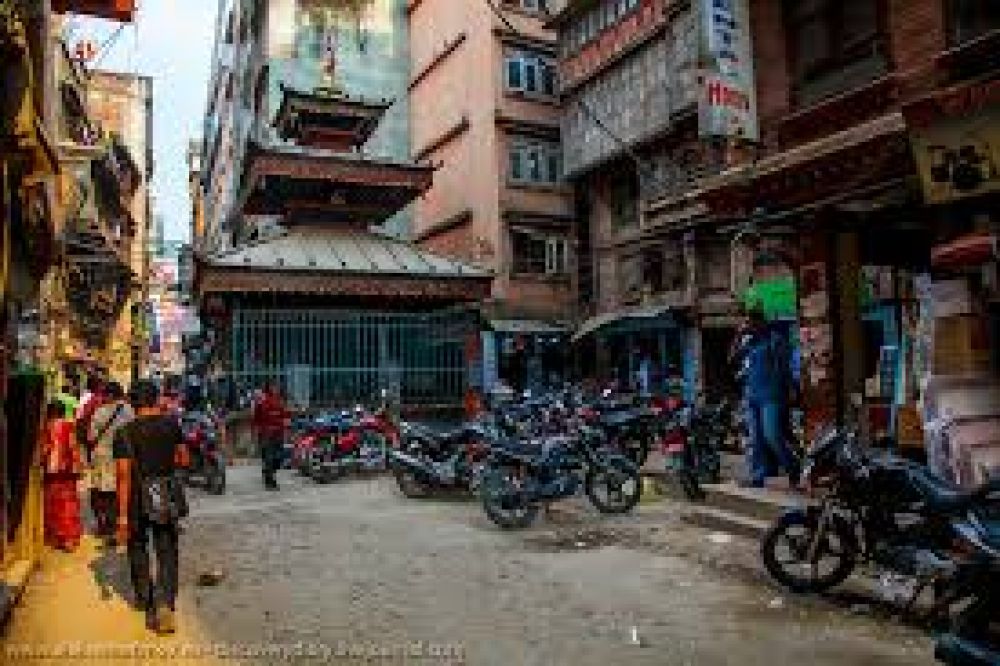

The bustling market area of Asan has been at the heart of Kathmandu's commercial and cultural exchanges for centuries. Located in the core of Kathmandu, it is one of the oldest areas, reflecting a rich tapestry of Nepal’s history. Asan is not just a market; it's a historical center marked with age-old traditions and a melting pot of diverse ethnicities and religions.
Asan has long been a focal point for traders between India and Tibet, making it a thriving hub of economic activity. This exchange of goods was not only significant for trade but also played a role in shaping the cultural landscape of Kathmandu valley. The historic routes that converged in Asan facilitated cultural interactions and the spread of religious ideologies.
The area is known for its six-storied pagoda-style Annapurna Temple, dedicated to the goddess of abundance. It has been a site of worship and a guardian landmark over the ages. The surrounding temples and stupas attract pilgrims and visitors alike, contributing to the area's mystique and religious importance. Every year, festivals like Dashain and Indra Jatra see the streets of Asan overflow with locals and tourists participating in the celebrations.
The rise of tourism in Kathmandu began in earnest in the 1950s and 1960s, following the opening of Nepal to the outside world. Asan, with its colorful markets, unique architecture, and cultural vibrancy, naturally became a place of interest for visitors. With the influx of tourists, many traditional houses in Asan have been converted into guesthouses and hotels, providing a sustainable livelihood for the local community and enriching the tourism experience with authentic Nepalese hospitality.
In recent years, there has been a shift in tourism trends with many travelers looking for more authentic and immersive experiences. Asan offers this through its traditional Newari cuisine, heritage walks, and the chance to participate in local festivities. Sustainable tourism and community-based initiatives are gaining popularity, emphasizing the importance of preserving the cultural and historical integrity of places like Asan. Moreover, the growth of digital platforms and social media has aided in enhancing the visibility of Asan's unique charm to a global audience.
To sum up, Asan's significance in the narrative of Kathmandu's tourism is built on the foundation of its historical trade importance, its religious and cultural attractions, and its ability to offer immersive experiences to modern travelers. As the world of tourism evolves, Asan continues to maintain its place on the map by adapting to changing trends while holding steadfast to its rich cultural heritage.